Column
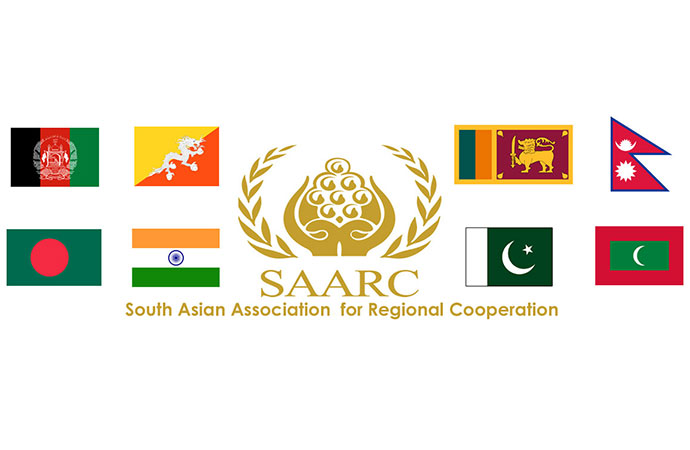
Image: Collected
Why has SAARC been paralyzed? India's withdrawal from the SAARC summit which was to be held in Pakistan in 2016 was the second instance of Delhi paralyzing the regional forum by unilaterally withdrawing from the apex summit of South Asian leaders. India previously withdrew from a SAARC summit which was planned to be hosted by Bangladesh in 2005, though the meeting eventually went ahead in Dhaka. For India, the SAARC process has become leverage to pressure Pakistan for what Delhi sees as Islamabad's sponsorship of proxy war in the Kashmir Valley. The fall of the Afghan republic to the Taliban further complicated the prospect of reviving SAARC due to Afghanistan's stagnant membership of the bloc.
According to former Bangladesh foreign minister Dr. Iftekhar Ahmed Chowdhury, the idea of South Asia which flourished since the late 1970s and through the 1980s and 1990s, and which was personified by SAARC, gave way to a 'preponderance' of the idea of India and an Indian-dominated 'Indian subcontinent' by the 2010s. This excluded the smaller states of South Asia, including Bangladesh, Bhutan, Sri Lanka, Pakistan, the Maldives and Nepal. Some of these smaller states are regional powers and middle powers, including a nuclear-armed Pakistan, the world's eighth most populous country Bangladesh, and Asia's oldest democracy in Sri Lanka.
Constantino Xavier, a fellow of the Brookings Institution, has alluded to the fact that SAARC is a "charter-based organization that has a rich legacy of regional cooperation". Indeed, SAARC has enacted a few treaties, including conventions on the environment, human trafficking, child welfare, anti-terrorism, narcotics and mutual legal assistance. The South Asian Free Trade Area (SAFTA) was established in 2004 but was hardly made functional. Calls for a South Asian human rights charter and a regional human rights court have fallen on deaf ears. A cold war between nuclear-armed India and Pakistan has stymied any potential for security collaboration, including Bangladesh's proposal in 2009 for an anti-terror task force.
Trade wars
Donald Trump's global trade war appears to have ignited a mini trade war between India and Bangladesh. After India's decision to cancel transit for Bangladeshi cargo at Indian ports, Dhaka retaliated by banning imports of various commodities from India. In the past, trade disputes were submitted to the WTO's dispute settlement mechanism for arbitration. The withdrawal of U.S. support for the WTO Appellate Body paralyzed the mechanism during the first Trump administration.
In 2004, Bangladesh became the first least developed country to become a principal complainant before the Dispute Settlement Body of the WTO. The complaint was about the imposition of anti-dumping measures by India on battery imports from several countries, including Bangladesh. Dhaka argued that its battery exports to India were miniscule in value and hence did not deserve anti-dumping measures. Bangladesh contended that India did not follow the Agreement on Implementation of Article VI of the General Agreement on Tariffs and Trade 1994 (the "ADP Agreement"). Bangladesh argued that India's actions contravened Article 1 of the ADP Agreement, which provides that an anti-dumping measure shall be applied only under the circumstances provided for in Article VI of GATT 1994 and pursuant to investigations initiated and conducted in accordance with the provisions of the ADP Agreement. The European Commission also had a substantial trade interest in the dispute. The case was discontinued after India withdrew the anti-dumping measures.
India's use of non-tariff barriers has been a stumbling block for the implementation of SAFTA. There should be a South Asian institution for the arbitration of trade disputes.
Sino-Pakistan-Bangladesh axis
Geopolitical analyst Derek Grossman of the RAND Corporation has sounded an ominous warning for India, saying "if Bangladesh begins to favor or lean more heavily on China over India, then New Delhi will face the gravest threat to its security-a three-pronged threat of China, Pakistan, and Bangladesh-since before 1971, which featured China, West Pakistan, and East Pakistan". In the vacuum caused by SAARC's paralysis, the balance of power in South Asia is inevitably tilting towards moderating India's regional dominance through an alliance between Pakistan, Bangladesh and China. India withdrew from SAARC soon after Pakistan and the Maldives proposed to include China as a full member of the South Asian community. China's longest land border straddles the Himalayas. China borders five SAARC countries, including Afghanistan, Pakistan, India, Nepal and Bhutan.
In October 2024, the Chinese navy dispatched the first foreign naval fleet for a goodwill tour of Bangladesh after the interim government was established. The Bangladesh Navy participated in the AMAN 25 multilateral naval exercise off the coast of Karachi. Reports indicate a Pakistani warship, PNS Aslat, will also visit Bangladesh's Chittagong port. Intelligence sharing and military cooperation are reportedly being advanced between Bangladesh, Pakistan and China. Direct commercial flights between Chittagong and Kunming are in the offing. The Chinese strategic foothold in Myanmar can be extended to Bangladesh via airspace which would allow PLA jets to enter Bangladesh by flying across Mandalay, Rakhine and Bangladesh's own maritime territory in the Bay of Bengal.
The interim government has called for the revival of SAARC soon after it came into office. While India's foreign minister S. Jaishankar told a parliamentary committee that SAARC is not off the table, most Indian analysts have ruled out any revival of SAARC until a détente in ties between India and Pakistan. The ruling BJP has staked its reputation on a policy of belligerence towards Pakistan and China. It will be difficult for the BJP to walk back on its domestic commitments. For now, the emergence of an alternative Sino-Pakistan-Bangladesh axis looks inevitable and will moderate India's dominance on the subcontinent.
Umran Chowdhury is a Research Associate at the Cosmos Foundation and Bay of Bengal Institute.









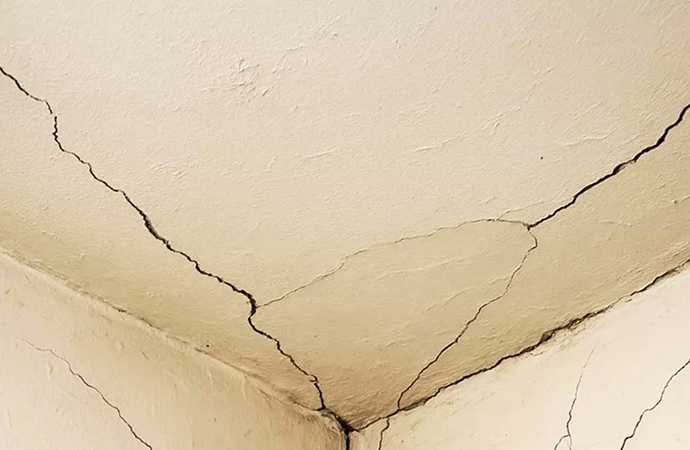
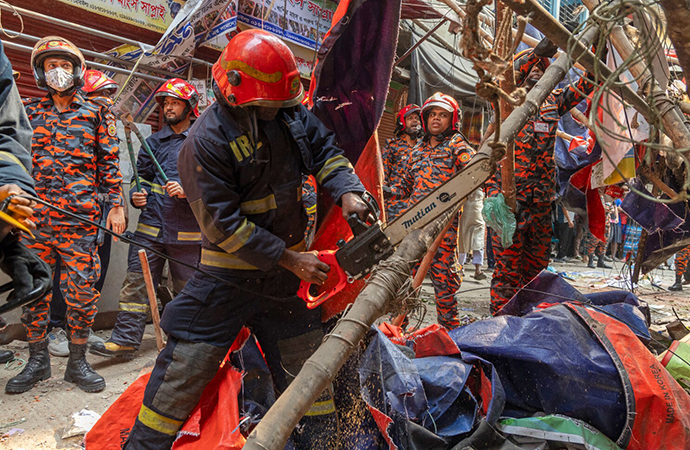
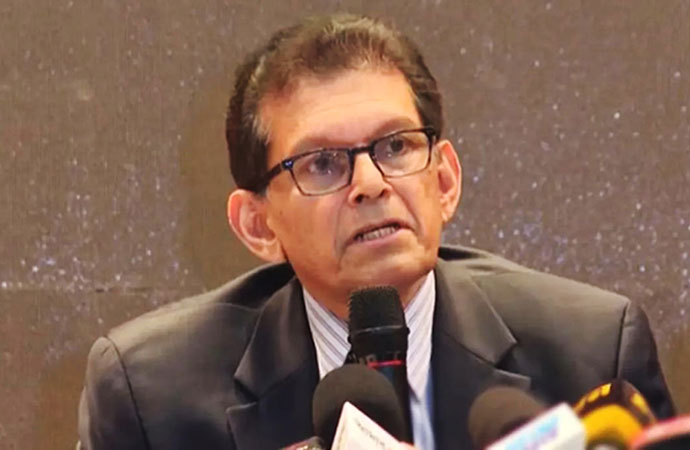
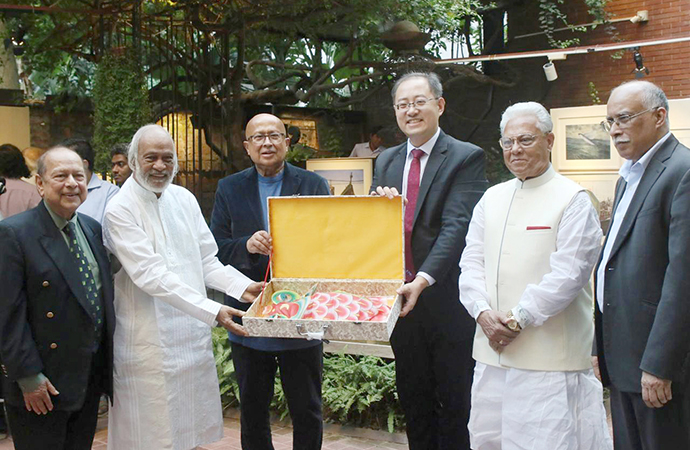


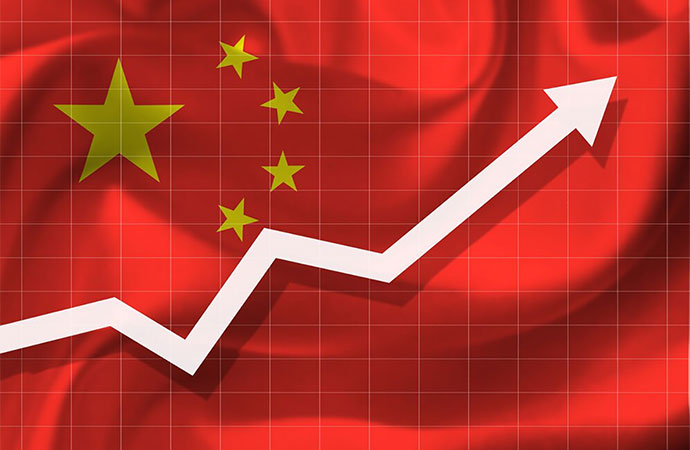


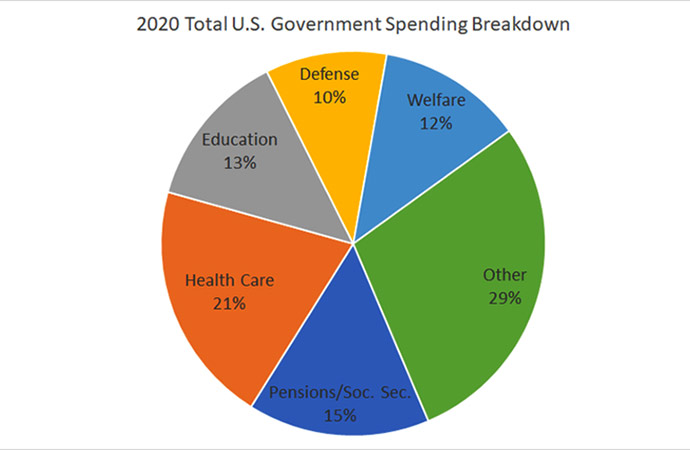



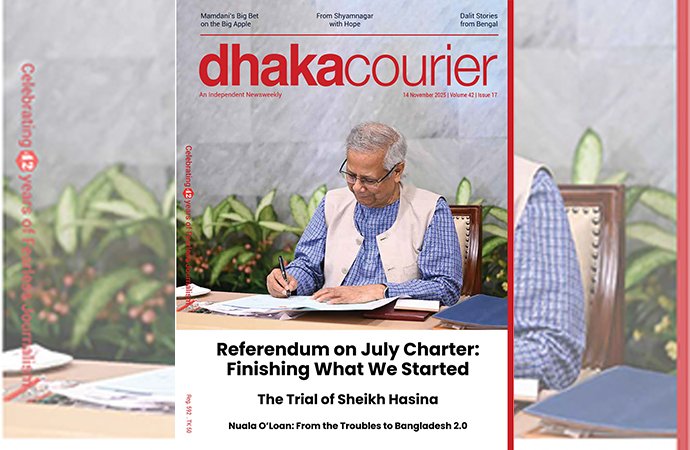

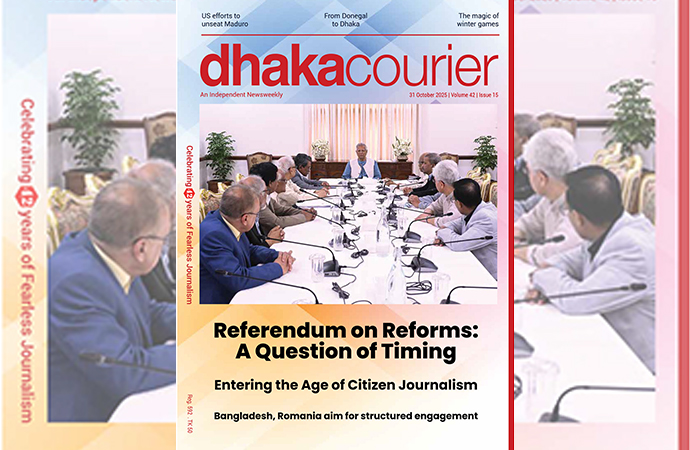
Leave a Comment
Recent Posts
Right On Schedule
The most eagerly anticipated, and frankly hyped up, announcement of an ...
Fighting raged along the borde ...
Fighting raged along the border of Cambodia and Thailand, with explosi ...
ICIMOD drives regional cooperation to inspire new mo ..
The Cage of Captivity and the Cry for Freedom: A Cru ..
Why Japan issued an advisory for a possible megaquak ..
The Autocrats’ War on Universities